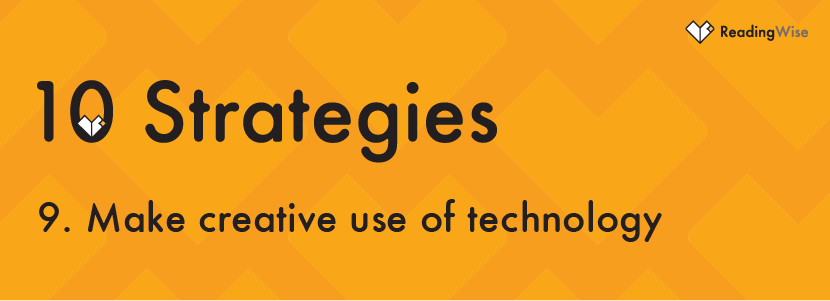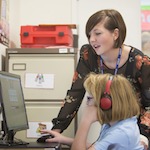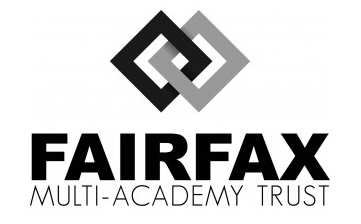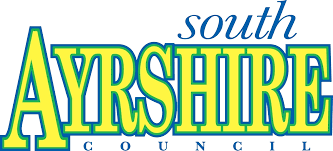
The opening years of the 21st century have seen dizzying developments in information and communications technology.
Schools have spent enormous sums investing in this technological revolution with the result that it is now the norm for every child to have personal access to a PC, laptop or tablet computer.
Whereas even five years ago Ofsted was reporting that ICT had yet to become part of children’s everyday learning experience in most schools – despite heavy investment in classroom whiteboards – there are now many signs that a transformation in teaching and learning is taking place.
What’s driving this transformation is the improved connectivity made possible as a result of broadband and Wi-Fi technology. This has led to a huge increase in the availability of high-quality online teaching resources and programmes which teachers are using to enrich lessons and raise standards across the curriculum.
The rapid rise of the touch-screen tablet computer is the latest chapter in this story of technological innovation. According to the government communications watchdog Ofcom, tablet computers are rapidly becoming the must-have device for children of all-ages.
The use of tablets in the home by children aged five to 15 tripled between September 2012 and September 2013 (to 42%, up from 14%) and there is every sign that usage has grown substantially since then, boosted by the latest Christmas spending spree.
Increasing numbers of schools and nurseries are also investing in touch-screen devices to support learning. A recent National Literacy Trust survey of early-years practitioners found that children had access to tablet computers in one in five pre-school settings.
A parallel study by the trust, based on a survey of more than 1,000 parents, reported that technology played an increasingly large role in the lives of pre-school aged children. In particular, it found that sharing stories using both print and touch-screen computers enhanced children’s enjoyment of reading.
“Not only does technology offer a route into reading for disadvantaged children, we also found that children are more likely to enjoy reading more if they look at stories using both books and a touch-screen, compared with using books only,” said Dr Susie Formby, who led the two studies.
Back in 2009, a year before the launch of the first tablet computer, Apple iPad, Ofsted was already highlighting the potential of ICT to improve learning and raise standards. This was especially true in English, it said, giving the following examples:
- The use of talking books to raise standards in key stage 1
- Good use of the internet for pupils to undertake research and produce presentations, raising writing standards at key stage 2, particularly among previously reluctant readers and writers
- Using ICT as a medium to motivate underachieving boys in studying poetry
- Using software for creating cartoon imagery to help pupils who were learning English as an additional language to construct sentences.
Since that report was produced there has been a huge increase in the number of high-quality, interactive, multi-sensory learning resources available to help schools make creative use of technology in the classroom.
A good example is the award-winning Night Zookeeper, which encourages children to create art and write stories about magical animals. The website is supported by online tools and apps to stimulate children’s imagination and includes more than 100 lesson ideas for teachers. Another is the soon-to-be-released Osmo, which bridges technology and the physical world through a reflector connected to an iPad's camera.
The potential of apps to deliver engaging learning resources via touch-screen technology has attracted some of the biggest players in the media world, including Disney and the BBC, which last year (2013) launched, CBeebies Playtime, with four in-built mini-games and a designated area for parents.
ReadingWise English is another example of how technology can be used to embrace multi-sensory learning, allowing children to create words out of Play-Doh using instructions delivered via an online programme.
This creative splicing of new technology and old-school teaching is just one way in which ICT is enabling schools to teach literacy in innovative ways. It can also help them to use financial resources more creatively too.
For example, the ReadingWise English programme, which has been proved to help struggling readers make rapid improvement in their literacy skills, can be delivered by a teaching assistant - providing the impact of one-to-one teaching but at a ratio of one to ten at a fraction of the cost.
The case for using targeted online programmes and tablet computers to engage learners is increasingly finding support among the teaching profession. A recent ReadingWise survey found that more nine out of ten English and literacy co-ordinators in the UK believe new technology has the potential to help pupils who struggle the most to read and write.
We owe it to those struggling readers – 20% of children – to ensure teachers are given the digital tools they need so that potential (a huge prize) can be realised.
Next week: Trust teachers to deliver – in the final part of our series we call for a reduction in the amount of testing and paperwork and argue that classroom professionals need to be allowed to teach in the way they think is best for children








